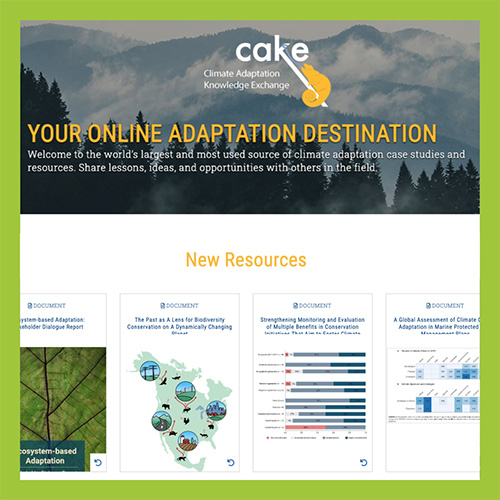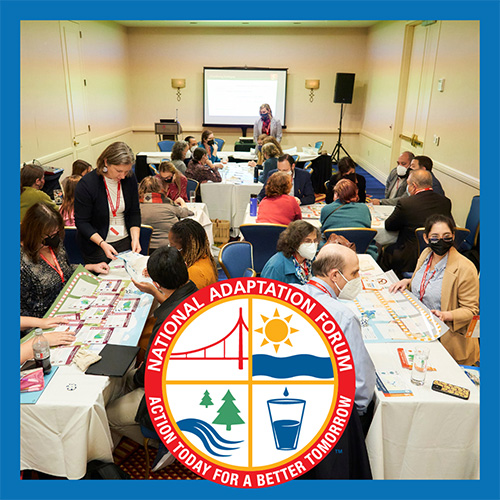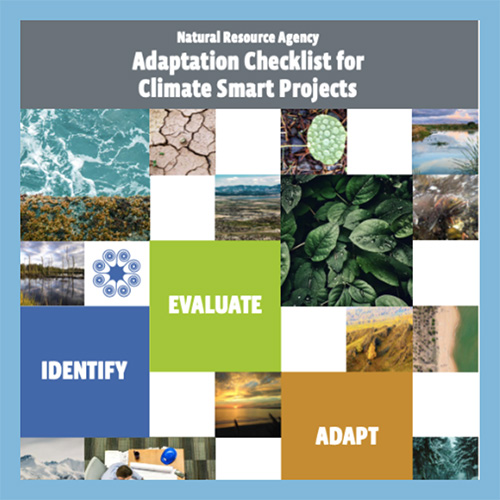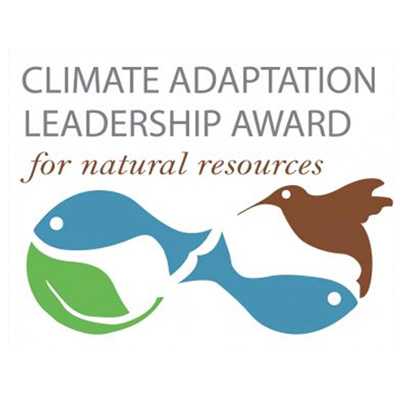


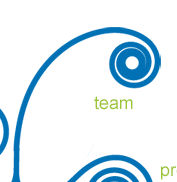

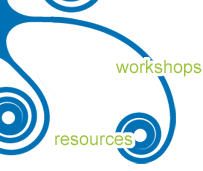





WELCOME!
You’ve found EcoAdapt!
We’re a non-profit organization that is committed to making climate change adaptation happen.
We innovate adaptation solutions.
Our team conducts original research, co-creates resources and tools, provides expert support, and offers trainings to build adaptation capacity--all while designing adaptation actions to address specific climate change challenges.
We do all of this with a diverse array of partners. Maybe even you!
WHAT WE DO
HIGHLIGHTS
EVENTS & UPDATES
loading...
EcoAdapt is a 501(c)(3) tax-exempt nonprofit organization based in Washington, USA





